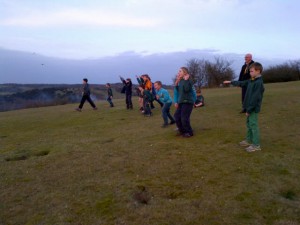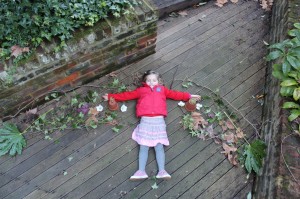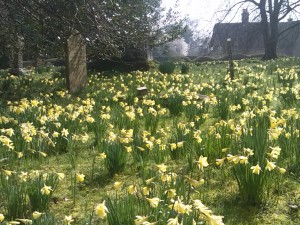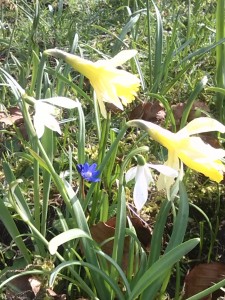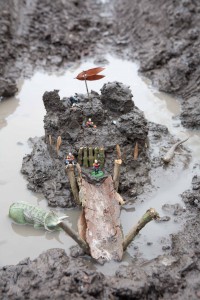The Civic Realm Design Competition to re-design the outside spaces around London’s Natural History Museum, puts the magical wild garden at risk as most of the finalists’ designs plan to get rid of or re-plant the existing garden. This will be a travesty as in our view it is one of London’s best kept wildlife secrets. Here children and families can experience a truly “wild” garden surrounded by the city without travelling miles to the countryside or wilderness and it featured in our latest book, The Wild City Book!
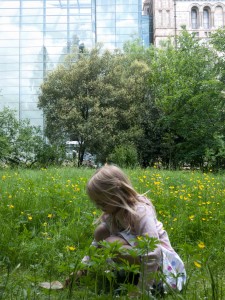 If destroyed or re-planted this amazing place will be lost forever, why start from scratch when there already is a well established area of woodland, meadow, pond and wetland habitats? Since 1995 over 2000 species have been recorded, a remarkable number and not easily replaced unless you wait another 100 years! We must not forget “Nature” is the best designer of all time and this garden has been lovingly nurtured so wildlife and humans can co-exist in harmony in the city. We think the public is un-aware that one of London’s natural treasures may be lost so we are asking everyone who believes in protecting these special spaces for future generations to write, e-mail or tweets to the jury who will be making the final decision.
If destroyed or re-planted this amazing place will be lost forever, why start from scratch when there already is a well established area of woodland, meadow, pond and wetland habitats? Since 1995 over 2000 species have been recorded, a remarkable number and not easily replaced unless you wait another 100 years! We must not forget “Nature” is the best designer of all time and this garden has been lovingly nurtured so wildlife and humans can co-exist in harmony in the city. We think the public is un-aware that one of London’s natural treasures may be lost so we are asking everyone who believes in protecting these special spaces for future generations to write, e-mail or tweets to the jury who will be making the final decision.
Ian Henderson CBE (Chair) – Deputy Chairman of Capco (Capital & Counties Properties plc) and Chair of Natural History Museum Estates and Building Advisory Committee
Abbas Barkhordar – Councillor for the Brompton Ward Cllr.barkhordar@rbkc.gov.uk
Michael Portillo – Journalist, Broadcaster and former Cabinet Minister michael@michaelportillo.co.uk
Graham Morrison – Partner, Allies and Morrison info@alliesandmorrison.com
Sophie Andreae – Former Head of London Division of English Heritage and Chairperson of the Brompton Association
Dr Derek Langslow CBE – Former Chief Executive of English Nature and Natural History Museum Trustee d.langslow@nhm.ac.uk
Professor Ian Owens – Director of Science at the Natural History Museum i.owens@nhm.ac.uk
Kevin Rellis – Head of Estates at the Natural History Museum k.rellis@nhm.ac.uk
Dr Justin Morris – Director of Public Engagement at the Natural History Museum j.morris@nhm.ac.uk
Malcolm Reading (Adviser) – Chairman, Malcolm Reading Consultants
twitter @malcolmreading
Dr Michael Dixon, Director of the Natural History Museum m.dixon@nhm.ac.uk
following

